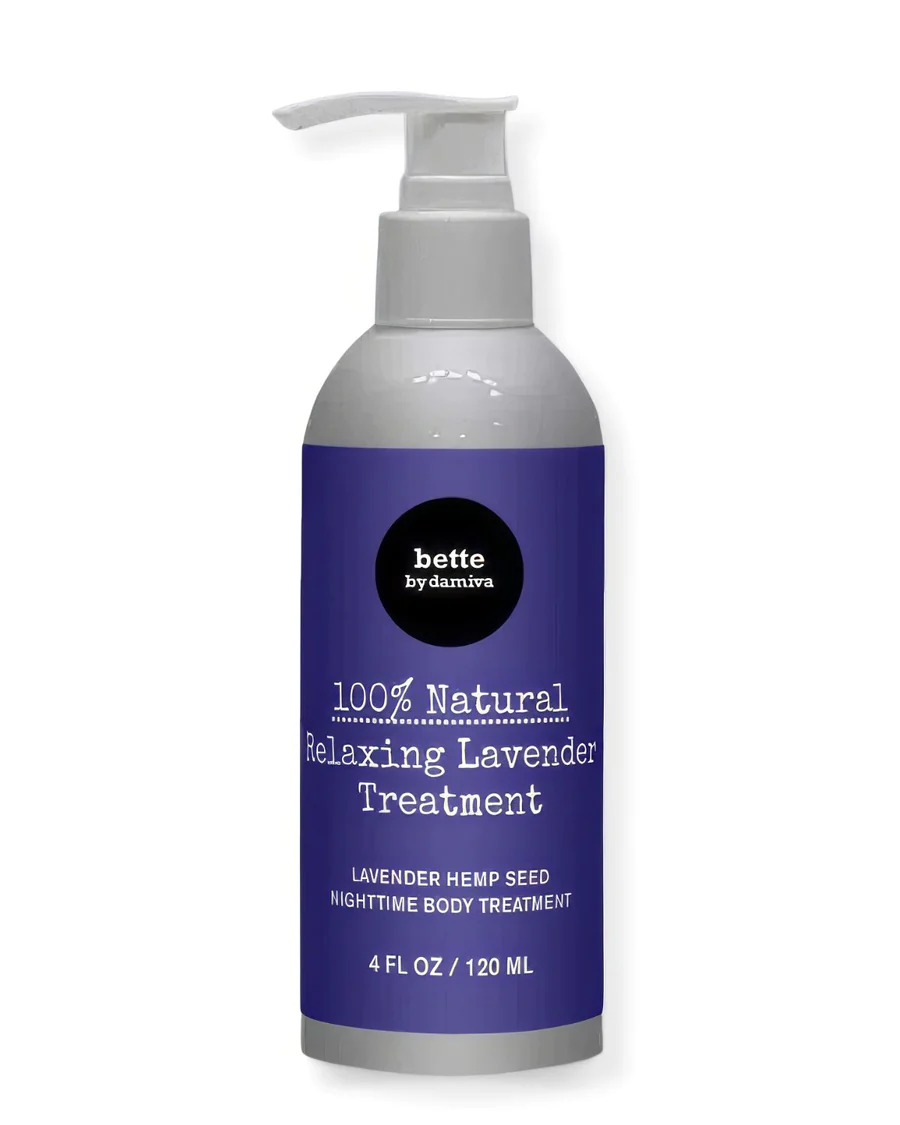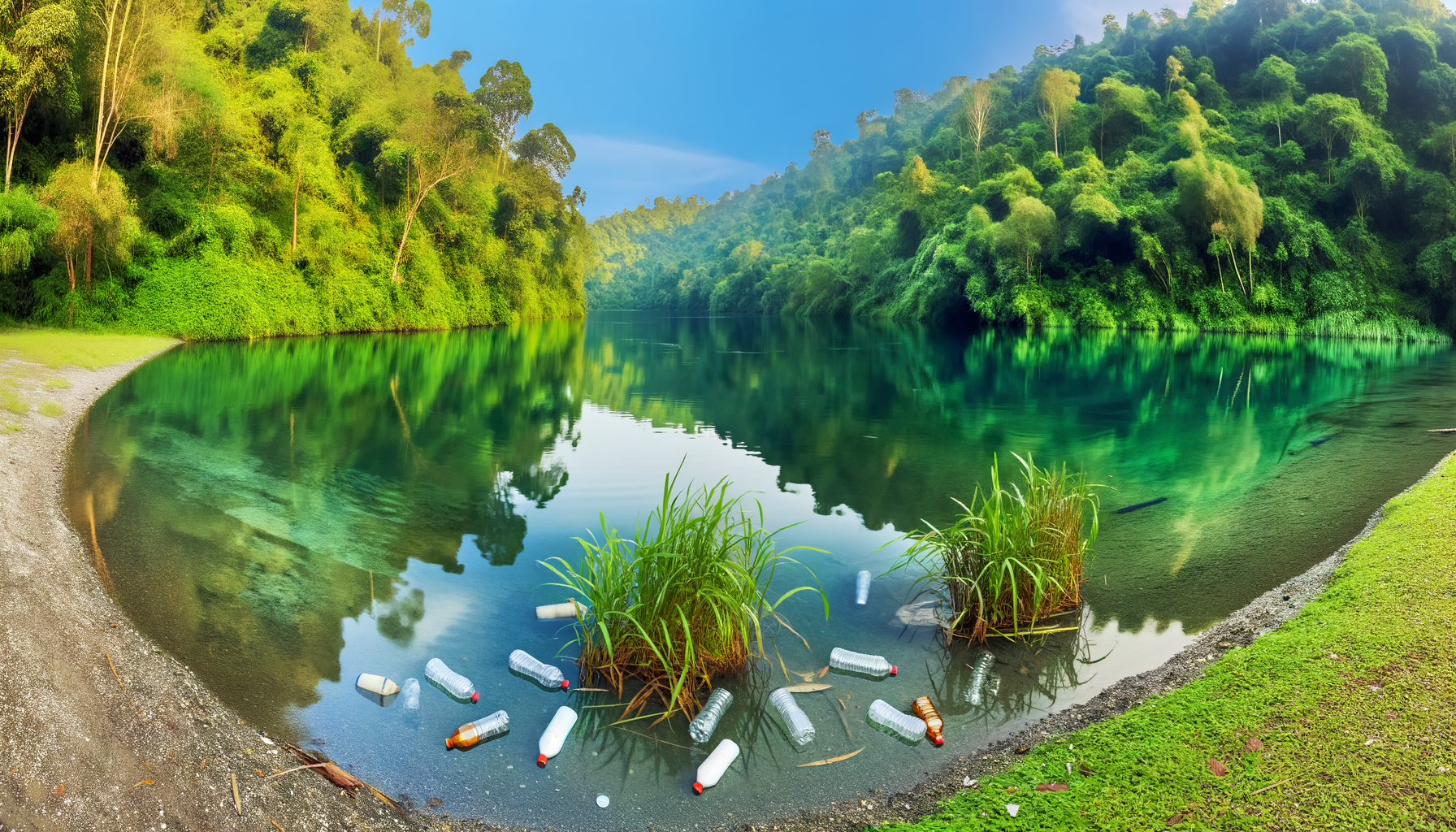Introduction
The growing concern over skincare ingredients
As the beauty industry burgeons into a multi-billion-dollar behemoth, the environmental and health implications of its products are drawing increasing scrutiny. Consumers and environmentalists alike are voicing concerns over the myriad of chemicals that lace our skincare products. These ingredients, while promising to beautify and protect our skin, may carry a hidden cost to our health and the planet’s well-being.
Overview of the environmental impact of skincare chemicals
The journey of skincare products from the shelf to our skin and eventually into the environment is fraught with potential ecological hazards. The production and disposal of these items contribute to a range of environmental issues, including water pollution, soil contamination, and air pollution. For instance, the beauty industry is responsible for producing at least 120 billion pieces of packaging annually, most of which are not recycled, leading to significant waste and pollution. Moreover, the ingredients themselves, such as microplastics, parabens, and volatile organic compounds (VOCs), can have detrimental effects on aquatic life, wildlife, and biodiversity.
Importance of informed choices for health and planet
Making informed choices about the skincare products we use is not just a matter of personal health but also of planetary responsibility. By understanding the environmental footprint of our skincare routines, we can make decisions that benefit both our bodies and the environment. This includes supporting brands that prioritize sustainable practices, opting for products with eco-friendly packaging, and advocating for transparency in the beauty industry. As consumers, our choices have the power to drive change, encouraging the development of products that are kinder to the earth without compromising on quality and effectiveness.

Do you have the most commonly used but toxic, disease bringing chemicals in your skin care? Many chemicals in skincare are hormone disruptors and make menopause symptoms worse.
Find out more…
Understanding Skincare Chemicals
Common chemicals found in skincare products
Skincare products are a blend of various chemicals, each serving a specific purpose. Among the most prevalent are parabens, used as preservatives to prevent the growth of bacteria and mold. Phthalates are another group, often used to increase the flexibility of plastics in packaging and as solvents in fragrances. Sodium lauryl sulfate (SLS) is a common foaming agent found in cleansers and washes, while formaldehyde is used in nail polish and hair straightening treatments. Additionally, many products contain synthetic fragrances that may include a range of potentially harmful chemicals.
Potential health impacts of these chemicals
The inclusion of these chemicals in skincare products is not without concern. Parabens, for instance, have been linked to hormonal disruptions. Phthalates may contribute to developmental and reproductive issues. SLS can irritate the skin and eyes, particularly in individuals with sensitive skin. Formaldehyde is a known carcinogen, and synthetic fragrances can trigger allergic reactions or skin irritation. It is crucial for consumers to be aware of these potential health impacts and consider products with natural or organic ingredients when possible.
The journey of skincare chemicals into the environment
Once used, skincare products don’t simply disappear. Chemicals wash off and enter our water systems during cleansing. They can also leach into the soil and waterways from landfills. For example, sunscreen chemicals like oxybenzone and octinoxate have been shown to harm coral reefs and aquatic life. Microplastics, such as those from exfoliating scrubs, contribute to the growing problem of plastic pollution in our oceans, affecting marine species. The environmental journey of these chemicals from our bathroom sinks to the natural world is a complex one, with significant implications for ecosystems and biodiversity.

Doubting chemicals in skincare and femcare? Well done! Choose chemical-free products whenever possible.
Environmental Impact of Chemicals
Water Pollution and Aquatic Toxicity
The infiltration of skincare chemicals into our water systems is a growing environmental concern. Ingredients such as oxybenzone and octinoxate, commonly found in sunscreens, have been identified as toxic to marine ecosystems, particularly coral reefs. These substances can induce coral bleaching and disrupt the development and reproduction of marine life. Moreover, microplastics from exfoliating scrubs and other products contribute to the accumulation of plastic in our oceans, affecting at least 633 marine species. The beauty industry’s reliance on water as a key ingredient and for product rinsing further exacerbates water pollution, with vast quantities of potentially harmful chemicals entering our waterways and affecting both aquatic life and human health.
Soil Contamination and Its Effects on Ecosystems
Soil contamination is another significant consequence of skincare chemicals. Ingredients such as parabens, phthalates, and heavy metals can seep into the soil from landfills, affecting its quality and the health of ecosystems. The use of pesticides and fertilizers in the cultivation of natural ingredients like palm oil not only leads to deforestation but also contaminates the soil, which can have a cascading effect on terrestrial biodiversity and food chains.
Air Pollution from Volatile Organic Compounds (VOCs)
Skincare products, particularly those containing fragrances, contribute to air pollution through the release of volatile organic compounds (VOCs). These compounds can react in the atmosphere to form particulate matter, contributing to smog and respiratory problems. The production and disposal of these products, including the incineration of waste, release VOCs and other pollutants that contribute to the overall degradation of air quality.
Impact on Wildlife and Biodiversity
The chemicals in skincare products not only affect humans but also have a profound impact on wildlife and biodiversity. Animals can ingest or become entangled in discarded packaging, while chemicals that leach into ecosystems can disrupt hormonal balances and reproductive cycles. The presence of heavy metals and other persistent organic pollutants can lead to bioaccumulation and biomagnification, posing a threat to entire food webs and the health of ecosystems.
In conclusion, the environmental cost of skincare chemicals is multifaceted, affecting water, soil, air, and living organisms. It is imperative that consumers, manufacturers, and policymakers work together to mitigate these impacts through better ingredient choices, sustainable practices, and stricter regulations.
The Lifecycle of Skincare Products
Production and Manufacturing Processes
The journey of a skincare product begins long before it reaches our bathroom shelves. The production process involves the extraction and processing of raw materials, which can include both natural ingredients like plant extracts and synthetic compounds such as parabens and sulfates. The manufacturing phase not only consumes significant amounts of water and energy but also contributes to the emission of greenhouse gases. Moreover, the sourcing of certain ingredients, like palm oil, is associated with deforestation and habitat destruction, raising serious environmental concerns.
Packaging and its Environmental Toll
Once the skincare products are formulated, they are encased in various types of packaging. The beauty industry is notorious for its heavy reliance on packaging, which is often designed to attract consumers with its aesthetic appeal. However, this comes at a high environmental cost. An estimated 120 billion units of packaging are produced by the beauty industry annually, much of which is not recyclable and ends up in landfills. Even when packaging materials like plastic, glass, or metal are recyclable, they are not always processed as such, leading to further pollution and resource depletion. Efforts to use eco-friendly materials such as biodegradable plastics or recycled paper are on the rise, but they still represent a small fraction of the industry’s total packaging footprint.
Disposal and the Challenges of Recycling
The end of a skincare product’s life is as critical to the environment as its beginning. Disposal poses significant challenges, particularly when it comes to recycling. Many skincare products contain a mix of materials that are difficult to separate, rendering them unsuitable for standard recycling processes. As a result, a substantial amount of skincare waste is destined for landfills, where it can take centuries to decompose, if at all. Compounding the issue, certain chemicals in skincare products can leach into the soil and waterways, causing further environmental damage. While some brands have introduced take-back programs or partnered with organizations like Terracycle to manage waste, the onus is also on consumers to dispose of their skincare products responsibly.

Bette 100% All-Natural Relaxing Lavender Body Lotion.
Chemical-Free
Your relaxing night time body moisturizer to leave the day’s stress behind. Decompress and wish your body good night with the calming scent of lavender.
Natural Alternatives
Benefits of Plant Butters and Oils
Plant butters and oils have been used for centuries to nourish and protect the skin. These natural emollients are rich in vitamins, antioxidants, and essential fatty acids that help to hydrate and repair the skin barrier. Unlike synthetic moisturizers, which can contain harmful chemicals and preservatives, plant butters and oils are gentle and can be sustainably sourced. They are also biodegradable, meaning they do not contribute to the accumulation of pollutants in our environment.
When it comes to skincare, the term ‘natural’ typically refers to ingredients that are derived from natural sources without synthetic additives.
Sustainable sourcing is crucial in minimizing the environmental impact of skincare products. It involves ethical practices that protect natural habitats, conserve water, and promote biodiversity. Brands that prioritize sustainable sourcing also often support fair labor practices and community development. By choosing products with sustainably sourced ingredients, consumers can help to reduce deforestation, water waste, and the harmful effects of chemical agriculture.
Efficacy of Natural Skincare Ingredients
There is a common misconception that natural skincare ingredients are less effective than their synthetic counterparts. However, many natural ingredients have been shown to be highly effective in addressing various skin concerns. For example, tea tree oil is renowned for its antibacterial properties, while cacao butter is celebrated for its soothing and nourishing benefits. The key is to choose products with high-quality ingredients that are suitable for your skin type and concerns.
In conclusion, natural skincare alternatives offer a myriad of benefits for both our skin and the planet. By understanding labels, supporting sustainable sourcing, and recognizing the efficacy of natural ingredients, consumers can make informed choices that align with their values and contribute to a healthier environment.

Finally Peace of Mind! NO more worries, no more hassle in checking the labels of creams and lotions.
I found skin care and beauty without chemicals. Chemicals in skin care are hormone disruptors and could turn out very bad for me. I need to stay away from them.
Safe ingredients, no doubts, no compromises and no false promises.
Consumer Power: Making a Difference
How Consumer Choices Drive Industry Change
Every purchase we make sends a message to the industry about our values and the kind of world we want to live in. In the beauty industry, consumer demand for natural products has led to a significant shift in how companies formulate, package, and market their skincare items. As awareness grows about the environmental cost of skincare chemicals, consumers are increasingly seeking out brands that prioritize natural and eco-friendly practices. This shift in consumer behavior has the power to drive industry-wide change, encouraging companies to innovate and adopt more sustainable practices to meet the new market demands. By choosing products that are kind to the planet, we can collectively steer the beauty industry towards a more sustainable future.
The Importance of Community and Sharing Information
Building a community around natural skincare is vital for amplifying the impact of our individual choices. Sharing information about greenwashed products, debunking marketing myths, and discussing the environmental implications of certain ingredients can help educate and inspire others. Online forums, social media groups, and word-of-mouth recommendations are powerful tools for spreading awareness for the need of truly all-natural products.
Conclusion
Between beauty, health, and environmental responsibility
As we navigate the misleading world of skincare, offering safe, long-term healthy beauty products with environmental responsibility becomes increasingly crucial. The choices we make in our beauty routines have far-reaching implications, not only for our skin’s health but also for our overall health and well-being, as well as the health of our planet. The chemicals that once seemed necessary for achieving our beauty goals are now understood to have a significant environmental cost, from polluting our waterways to disrupting ecosystems. Taking water-free, chemical-free skincare is the way to go.
Taking action for a sustainable skincare routine
Taking action towards a all-natural skincare routine is both a personal and collective endeavor. It starts with being mindful of the products we use and their ingredients, seeking out those that are kind to both our skin and the environment. Embracing products with minimal, recyclable, or biodegradable packaging can significantly reduce waste. Moreover, supporting brands like Damiva that are at the lead of all-natural, chemical-free skincare can drive the industry towards greener and healthier solutions. Simple changes, such as eliminating water-based skincare and properly recycling containers, can collectively make a substantial difference.

















